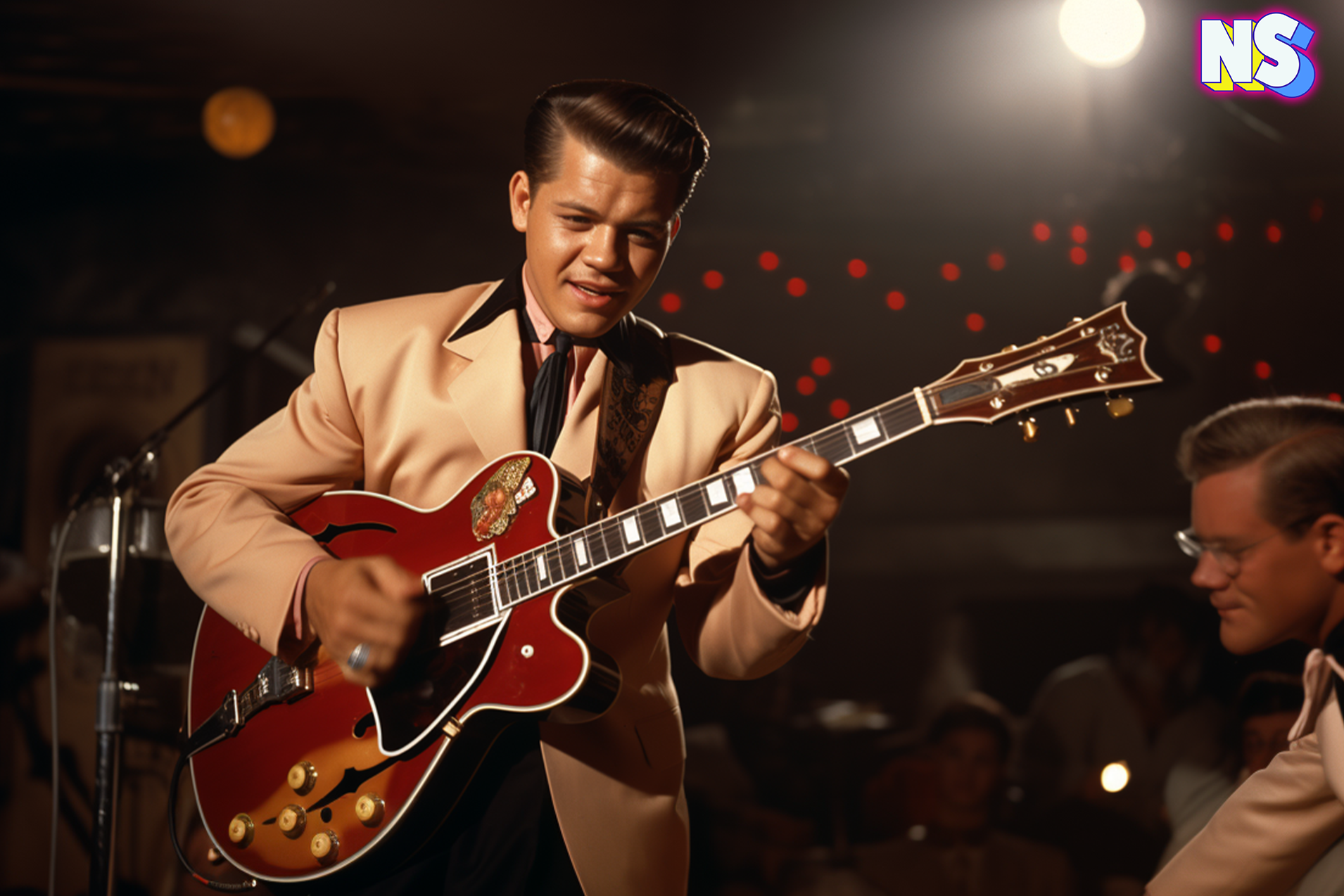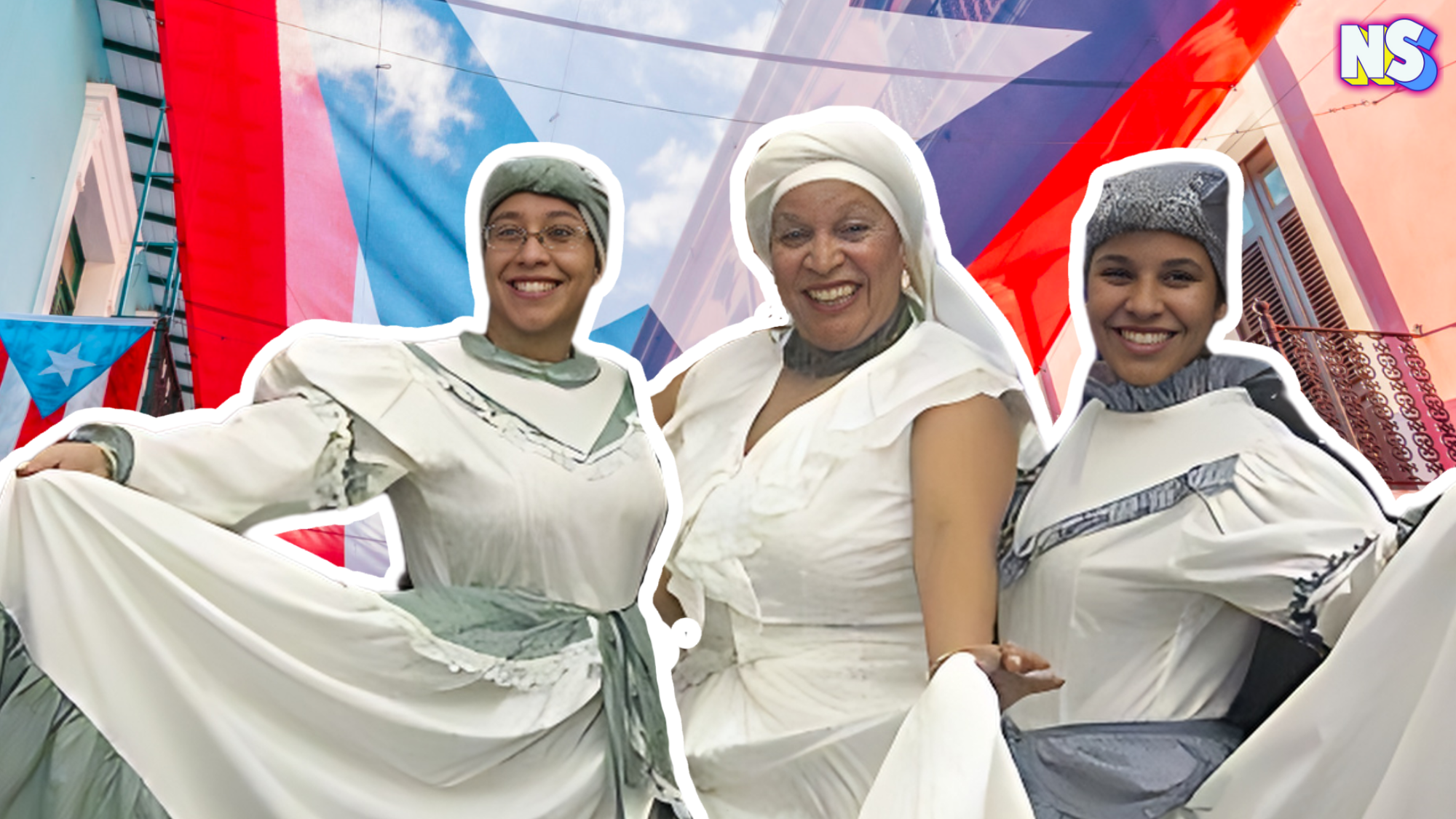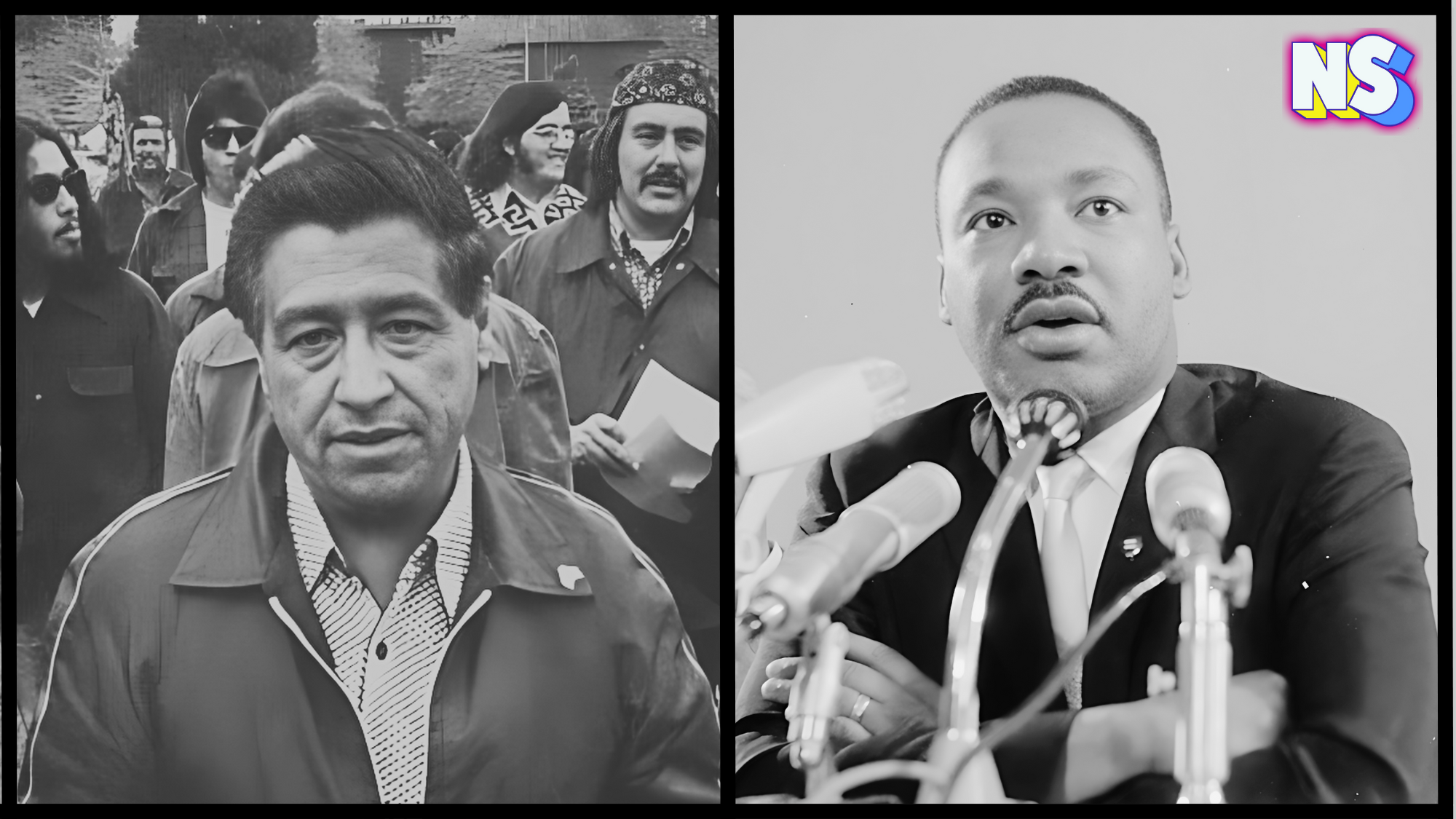It’s not a widely known fact, but one of the most popular 1950s songs – “La Bamba” – is actually a traditional Mexican folk song with a rock ‘n’ roll makeover. And the singer who popularized around the world? Well, he didn’t even want to record it. Yes, it’s true. “La Bamba” is a simple song with a complex past.
From Son Jarocho to Rock ‘n’ Roll
“La Bamba” is actually a traditional Mexican folk song, known as a son jarocho – a wedding song originating in the Mexican state of Veracruz. The key elements of every son jarocho are improvisation, call-and-response singing, storytelling through lyrics, and dancing.
The most popular son jarocho, “La Bamba,” had been adapted and recorded by various artists over the years, but, to this day, the most famous version of “La Bamba” is the rock ‘n’ roll adaptation by Mexican-American musician Ritchie Valens, who was born Richard Steven Valenzuela. He was only 17 years old when he recorded “La Bamba.”
“Famously adapted by Ritchie Valens, in 1958, it was the first Spanish song to reach No. 1 on the American charts, and the only non-English song to be included in Rolling Stones ‘500 Greatest Songs of All Time …”the University of Indiana, Bloomington, explains.
Music historians say Valens was inspired to record “La Bamba” after hearing a traditional Mexican folk version of the song. He then added a modern twist to it, and, as a result, created one of the pioneering songs of the rock ‘n’ roll era.
“‘La Bamba’ made rock ‘n’ roll history when it became the first Latin-based song to cross over to the pop and rock audience. That teen-ager, Ritchie Valens, was made famous,” the NPR radio show All Things Considered reported.
“When you stop to think what was accomplished with one record,” Del-Fi records President Bob Keane (who was Valens’ manager and produced “La Bamba” and his other recordings) told the NPR radio show in 1992. “… it’s one of the phenomenons of this whole industry, as far as I’m concerned. I’ve never seen anything like it.”
Valens, who did not speak Spanish at the time, didn’t want to sing the song in Spanish at all, and almost recorded it in English. But, as Keane explained, the singer changed his mind after visiting his Spanish-speaking aunt Ernestine Reyes, who translated the song for him. Originally a B-side song on the vinyl record for another Valens hit, Donna, no one thought the Spanish song would even be played. It was, and then came the fame.
“Some of his fans were shocked when they saw that he was Mexican-American,” Keane told NPR listeners. “This was the first time they had seen a Latino playing rock ‘n’ roll. Handsome and charismatic, Valens quickly became the first Latino teen idol.”
As for the term “bamba,” it’s not Spanish at all. The word comes from Africa.
“La Bamba” and its African Roots
As the Library of Congress explains, musical scholars believe the song is from the slave trade between Spain and the Mexican port city of Veracruz. “Many of the slaves came from the African regions of Angola and Congo, homes to the Bamba tribe,” the United States institution explains. The song “‘La Bamba’ is believed to come specifically from a slave uprising in 1683, often referred to as the ‘Bambarria.’”
The song and dance went on to become popular in Mexican culture, traditionally performed at weddings, “where attendees were encouraged to make up verses of their own.”
As Valens’ lyrics explain: “Para bailar la Bamba, se necesita una poca de gracia” (translated in English to: “to dance the Bamba, one needs a little bit of grace.”)
This lyric referred to the newlyweds attempting to tie a long ribbon into a bow using only their dancing feet during the song.
From the “Jungle” to Washington, D.C.
According to Life magazine, “the song (and dance) were ‘brought out of the jungle’ by U.S. bandleader Everett Hoagland, who ignited a ‘La Bamba’ dance craze in Mexico City in late 1944,” the Library of Congress notes. The song soon caught on in the U.S., as a Mexican folk song and dance, around the 1940s, a decade before Valens added his rock ‘n’ roll twist to it.
“La Bamba” has established itself as a quintessential American tune, despite its Afro-Mexican roots,” Larry Lehmer wrote in an essay for the Library of Congress in 2018, when the song was added to the National Registry.
In 1959, Valens was killed in an airplane crash with Singers Buddy Holly, the Big Bopper and pilot Roger Peterson after a show in Clear Lake, Iowa. That day, February 3, 1959, is known as “the day the music died.”
But “La Bamba” grew more popular, and then re-emerged into the national spotlight in 1987 when Valens’ life story hit the big screen. The Los Lobos rendition of the Mexican folk song reached No. 1, nearly 30 years after Valens’ version made history.





